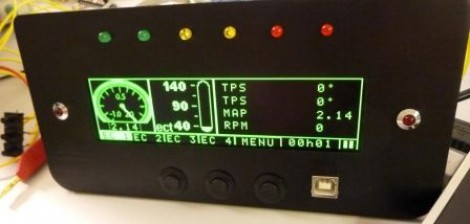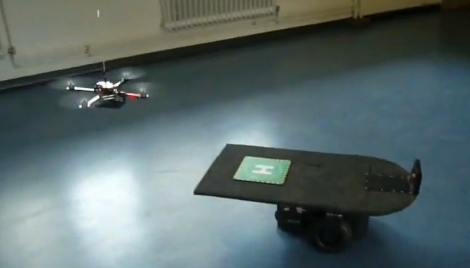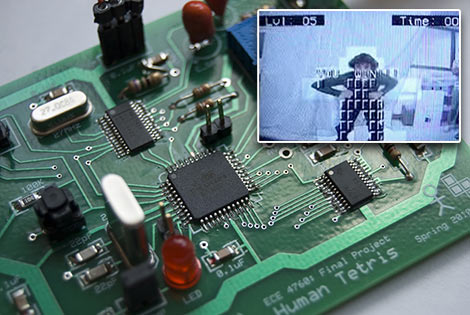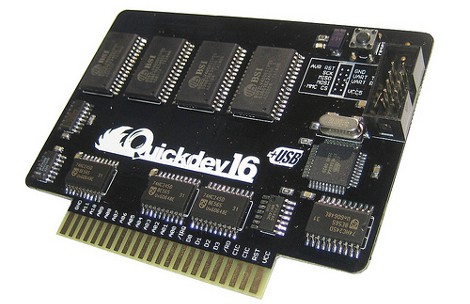
[Peter] deserves an award for doing more with less. He’s built a handheld device based on an AVR controller that has features normally associated with much more powerful devices. Here’s what it doesn’t do: no phone calls, no text messages, no accelerometer, and best of all no app approval needed. What it does do is leverage inexpensive, readily available components combined with common homebrew development techniques to create a touch sensitive handheld.
The demo video embedded after the break details the device playing video, rendering 3D objects, and displaying pictures and ebooks with touch scrolling. All of this is running at 60 fps for a smooth picture. The whole thing is no larger than the 320×240 LCD that he salvaged from a broken MP3 player. An Atmel AVR ATmega644 microcontroller ties together the display, a resistive touch screen, and a microSD card for storage. The chip also controls the backlight, a Lithium Polymer battery, and uses USB for PC connectivity, charging, and even a mouse or keyboard interface. He etched the PCB himself for surface mount components and managed to do it with just four jumpers needed on the underside.
This is a big leap forward from the last AVR based touch sensitive device we saw. All of the functionality seen in the demo is run using 4k of memory and 32k of programming space. Because [Peter’s] powering this at 3.3v the system clock is limited to 12MHz but he’s managed to make it work. We asked him to post code and schematics and he didn’t hold back. Head over to the microtouch project page to download the code, Eagle CAD files, and PCB artwork. All of the demo files are there just waiting for you to build on his hard work. When you’ve got something running, don’t forget to share it with us!
Continue reading “8-bit Device Quenches IPhone Envy” →


















